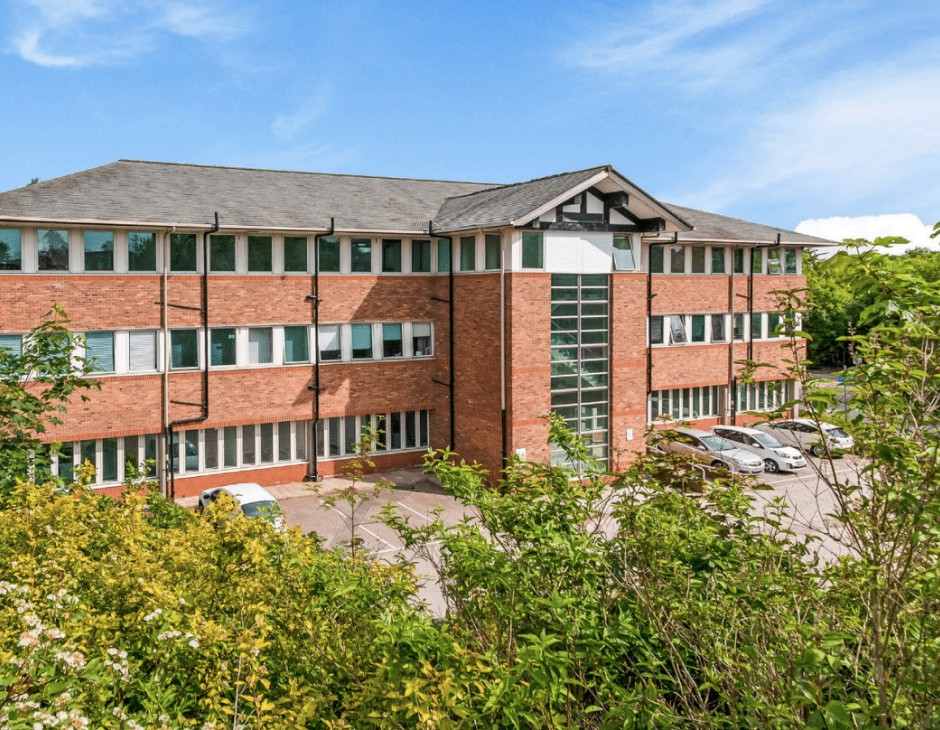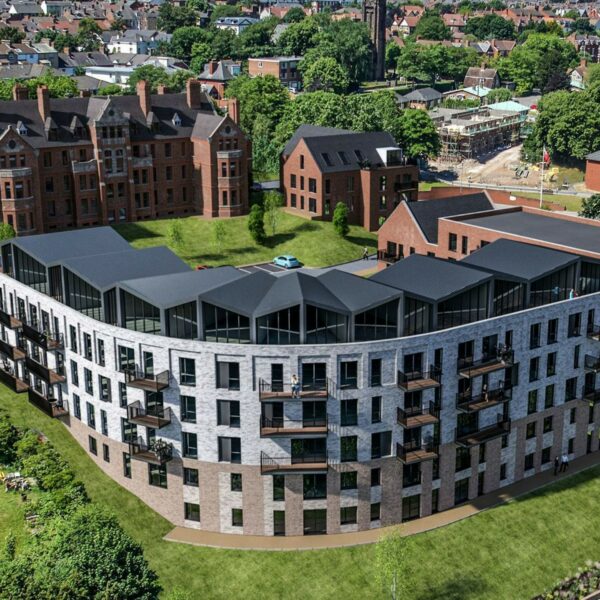Discover
Liverpool
Liverpool holds a well-earned reputation for being one of the most diverse cities in the UK today, with a broad selection of people, attractions, sights, sports, and shopping opportunities.
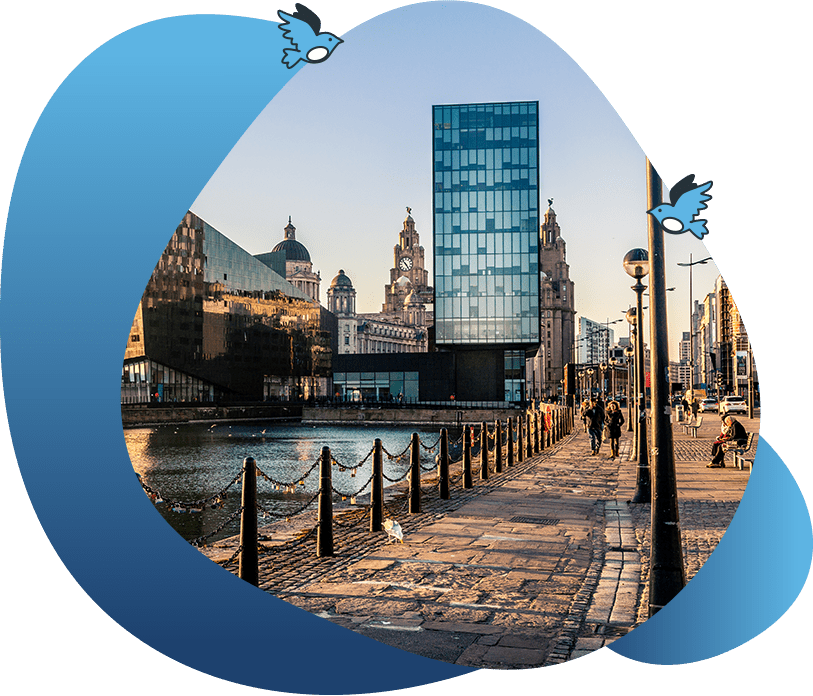
Liverpool: A City Guide for Buy-to-Let Investors
Liverpool remains one of the strongest buy-to-let markets in the North West, known for its high rental yields and consistently strong tenant demand. The city has seen extensive regeneration in recent years, including the development of the landmark Liverpool One shopping centre, improvements to Liverpool Lime Street station, and ongoing investment in the Knowledge Quarter—an internationally recognised hub for science, education, and innovation.
Together, these initiatives—combined with Liverpool’s vibrant culture and welcoming atmosphere—are helping drive sustained economic growth, positioning the city as one of the most dynamic and promising investment locations in the North West.
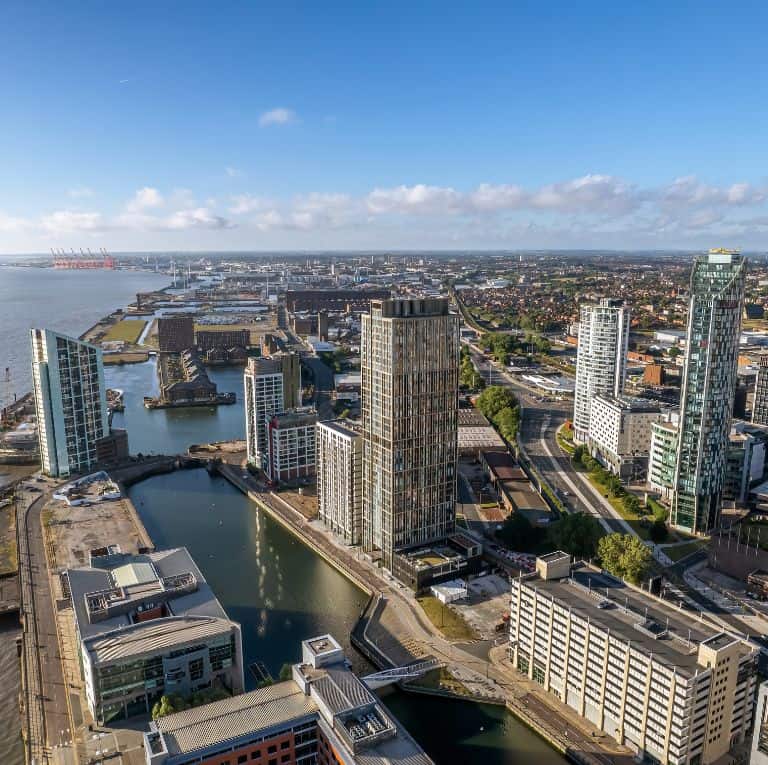
An Introduction to Liverpool
Liverpool has earned a strong reputation as one of the UK’s most culturally diverse and dynamic cities, offering a rich mix of people, attractions, food, sport, and shopping. From the creative energy of the Baltic Triangle to renowned exhibitions at Tate Liverpool and the global legacy of The Beatles, the city continues to attract both visitors and new residents alike. Combined with the draw of Premier League football at Anfield, it’s no surprise that Liverpool remains a top choice for buy-to-let investors seeking a vibrant, high-yielding location. Forecasts indicate that the North West region, which includes Liverpool, is expected to experience the strongest house price growth in the UK, with projected increases of approximately 29–29.4% between 2025 and 2029.
As one of the largest urban areas in the UK, Liverpool offers a broad range of property types—from modern student apartments in the city centre to spacious family homes in the suburbs. Rental yields vary by area, with average returns of around 6.5% in the popular L1 postcode, and up to 9% or more in areas like Anfield and Walton (L4). This diversity of stock and consistently strong rental demand make Liverpool a compelling option for investors aiming to balance yield with long-term growth potential.
"Forecasts indicate that the North West region, which includes Liverpool, is expected to experience the strongest house price growth in the UK, with projected increases of approximately 29–29.4% between 2025 and 2029"
Why Invest in Liverpool
With property prices rising, a growing number of buy-to-let investors are turning to the northwest to grow their portfolios, and property investment in Liverpool is emerging as the natural choice. Why? Here are some of the biggest reasons why Liverpool comes out on top:
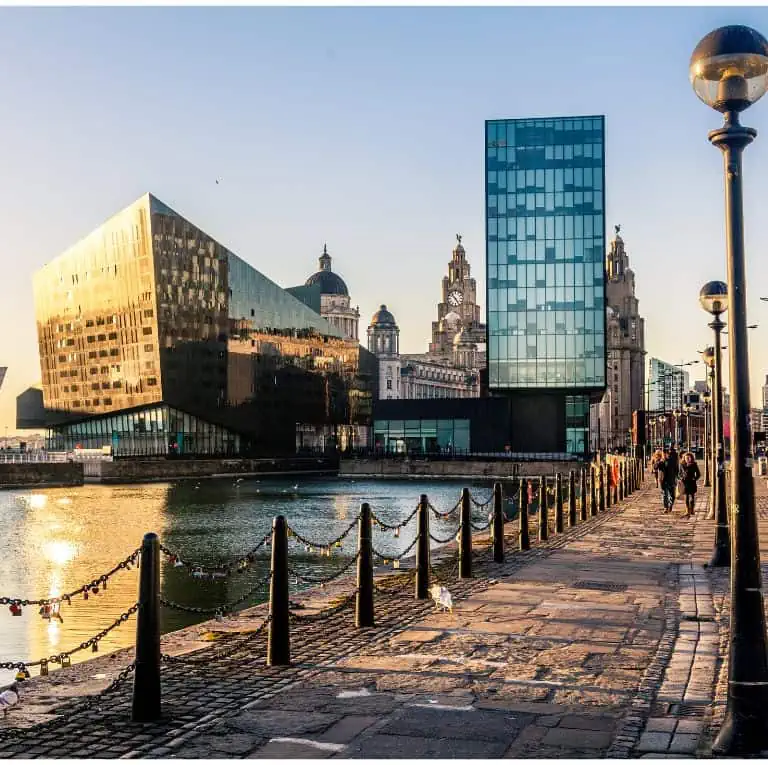
Economic Growth
Liverpool city contributes approximately £14.3 billion in GVA to the UK economy, while the wider Liverpool City Region (including Halton, Knowsley, Sefton, St Helens, and Wirral) generates around £35.3 billion. The city hosts several major companies—including B&M Retail, Princes, Yodel Delivery Network, Home Bargains, Jacob’s Bakery, and Very—while global brands like Unilever and Typhoo Tea maintain significant operations across the region.
The Liverpool City Region remains business-friendly and resilient—a notable 7,200 new businesses were registered in 2020, one of the highest rates among northern local enterprise partnerships. This buoyant business activity supports the Liverpool employment rate, which stands at around 67.5%, approaching the national average.
Economic forecasts indicate that Liverpool’s projected annual GVA will grow by approximately 0.6% over the next 12 months—a stronger short-term growth rate compared to other parts of the North West. Medium-term projections through 2025 suggest average annual growth of around 2.8%, further reinforcing the appeal of property investment in Liverpool.
Population Growth
From 2011 to 2021, Liverpool’s population rose by approximately 19,700—from around 466,400 to 486,100—marking a 4.2% increase within the city boundary . During the same period, the wider Liverpool City Region—which encompasses Halton, Knowsley, Sefton, St Helens, and Wirral—reached approximately 1.55 million residents.
Much of this growth is fueled by rising job opportunities, affordable housing, lower living costs, and Liverpool’s rich culture and friendly vibe, all of which continue to attract new residents from across the UK and beyond.
The city is home to a student population of around 60,000 – 70,000 students, drawn by its three key institutions—University of Liverpool, Liverpool John Moores University, and Liverpool Hope University. While many students live in the city centre, increasing numbers are moving into areas like Wavertree, Kensington, Smithdown Road, and Sefton Park, where affordable housing and vibrant local scenes appeal to younger residents
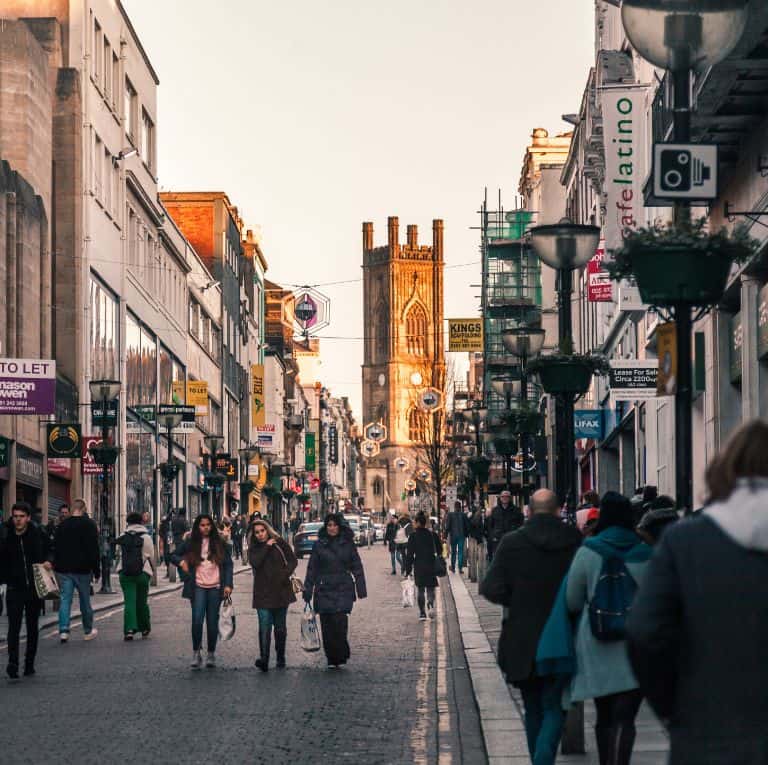
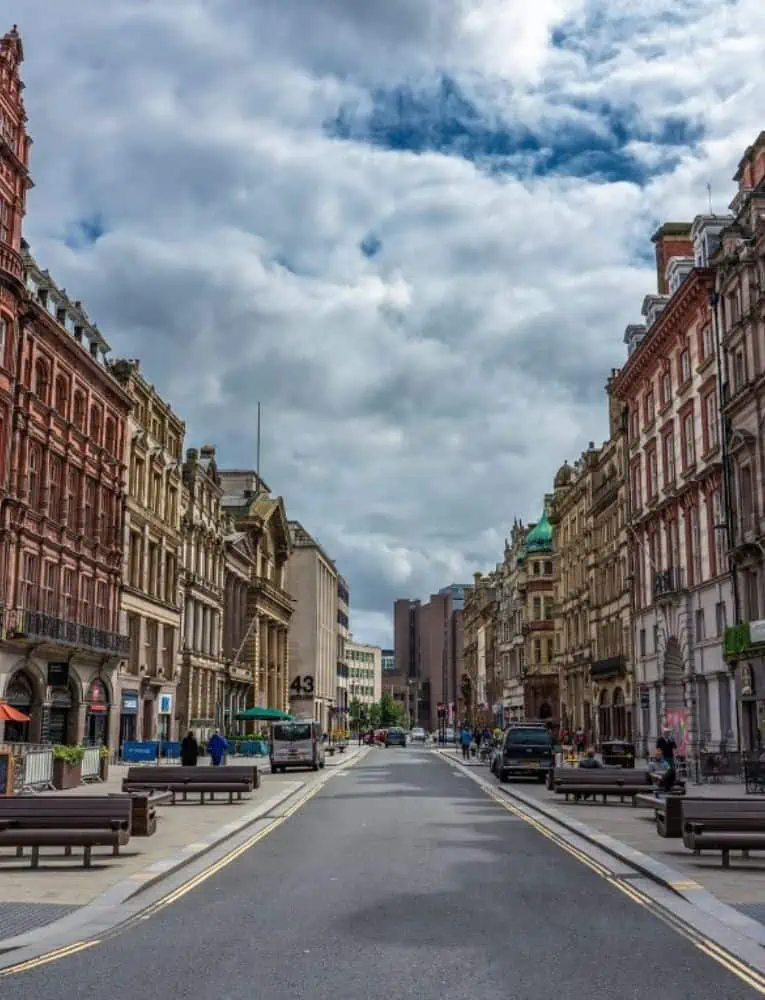
Connected Living & Tourism
Liverpool is a well-connected city, offering fast and convenient travel both domestically and internationally. The direct train link from Liverpool Lime Street to London Euston takes around 2 hours 10 minutes.
Liverpool John Lennon Airport (LJLA), situated just south of the city centre, handled approximately 4.19 million passengers in 2023—up 20% on the previous year and its busiest since 2011. The airport’s long-term Master Plan envisions expanded terminal facilities and a longer runway by 2050, potentially doubling annual passenger numbers and adding around 4,000 jobs to the City Region economy.
Liverpool’s visitor economy is booming: In 2023, the Liverpool City Region attracted about 60 million visitors, contributing £6.25 billion to the economy and supporting over 58,000 jobs. This strong connectivity underpins Liverpool’s tourism sector, which is a major economic driver.
Buy-to-Let Property Investment in Liverpool
JLL forecasts that Liverpool city centre will experience approximately 14% cumulative house price growth between 2024 and 2028, alongside rental growth of around 2.7% over the same period.
These projections are supported by a sustained rise in demand for accommodation in the city, driven by:
-
Population growth and new job opportunities, increasing long-term housing needs
-
Rising tourism, which boosts short- and medium-term rental demand
-
Strong student inflows, with more students accepting offers from Liverpool’s universities each year
Hottest Properties in Liverpool

Hordan Place

